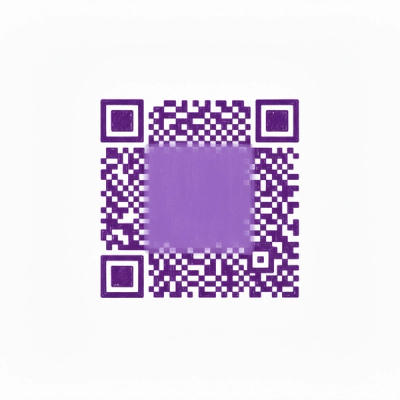
Research
Two Malicious Rust Crates Impersonate Popular Logger to Steal Wallet Keys
Socket uncovers malicious Rust crates impersonating fast_log to steal Solana and Ethereum wallet keys from source code.
@woosmap/react-native-woosmap
Advanced tools
The Woosmap react native SDK is a library that use to embed interactive maps directly into your application. You can also add stores overlay to the map to call out points of interest and get relative information.
The Woosmap react SDK is a library that use to embed interactive maps directly into your application. You can also add stores overlay to the map to call out points of interest and get relative information.
The SDK offers an interface to manage the Indoor Mapview and to subscribe to events that happen on the map.
Please get your token from your account. You may ask for one if necessary or you can test with our developers credentials if you lack time.
| Android | iOS | |
|---|---|---|
| Support SDK | 29+ | 13.4+ |
npm install @woosmap/react-native-woosmap
npm install react-native-webview
npm install react-native-uuid
Documentation All feature descriptions and guides to implement the Woosmap map-js is available on the Woosmap developers documentation.
If you are looking for the Woosmap react plugin documentation, we have a dedicated section for it.
FAQs
The Woosmap react native SDK is a library that use to embed interactive maps directly into your application. You can also add stores overlay to the map to call out points of interest and get relative information.
We found that @woosmap/react-native-woosmap demonstrated a healthy version release cadence and project activity because the last version was released less than a year ago. It has 8 open source maintainers collaborating on the project.
Did you know?

Socket for GitHub automatically highlights issues in each pull request and monitors the health of all your open source dependencies. Discover the contents of your packages and block harmful activity before you install or update your dependencies.

Research
Socket uncovers malicious Rust crates impersonating fast_log to steal Solana and Ethereum wallet keys from source code.

Research
A malicious package uses a QR code as steganography in an innovative technique.

Research
/Security News
Socket identified 80 fake candidates targeting engineering roles, including suspected North Korean operators, exposing the new reality of hiring as a security function.